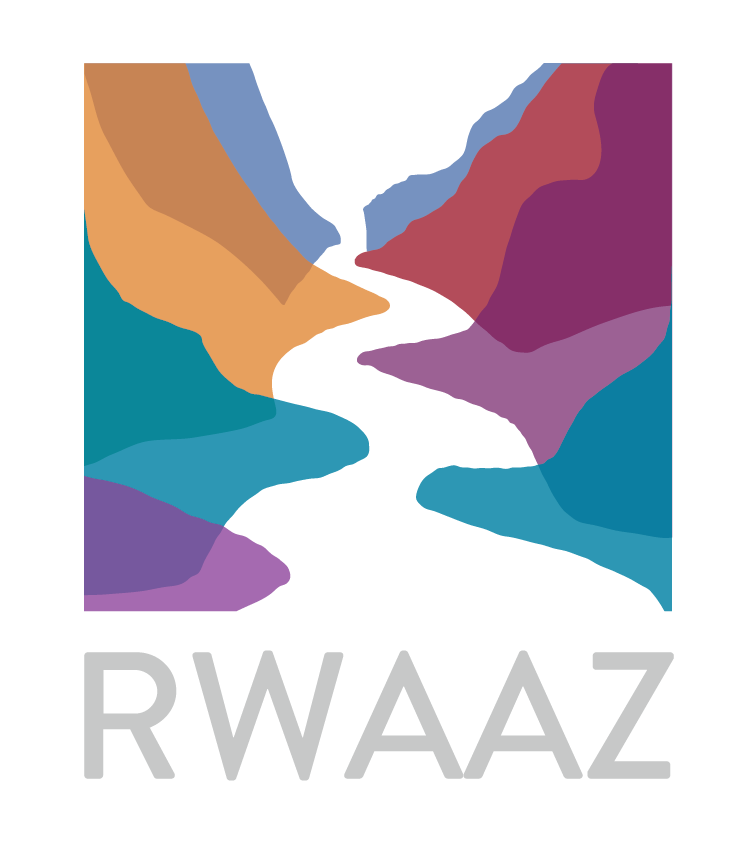
Source Water Protection Program
Source Water Protection
This program is built around small water utilities, local businesses, agriculture, government, and other groups working together to develop and implement strategies to protect their drinking water sources. It is a voluntary, grassroots planning effort that builds local responsibility and creates more sustainable communities.
This cooperative program has made significant progress in reducing point source pollution from industrial, agricultural, municipal, and even household sources. The program has also made progress in the challenging area of nonpoint source pollution. Nonpoint source pollution results from activities over large areas, such as runoff from agriculture, industry, and transportation that flows into water sources. In addition to protecting the health and welfare of U.S. communities, source water protection efforts save consumers money. The United States Department of Agriculture estimates damages from soil erosion costs between $2 billion to $8 billion per year (Ribaudo, 1989). The United States Environmental Protection Agency estimates that public water systems spend an additional $200 million per year just to remove excess nitrate to meet federal drinking water standards (Ribaudo, 1999).
Source Water Protection Planning
Purpose
A Source Water Protection Plan (SWPP) is simply protecting your source of drinking water from contamination or overuse
Assess potential negative influences on your drinking water source include natural and human activities
Each Plan Includes:
A map outlining the source water protection area
Source water inventory
Potential Contaminant sources
Define each entity's area of responsibility in relation to potential sources of contamination
Preventative measures that may be initiated by each entity
A contingency plan that will consist of a strategy for supplying safe water to the consumer in the event of contamination


